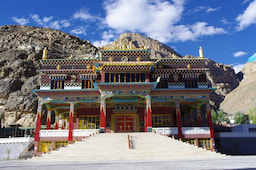- Home
- India Tour Packages
- Himachal
- Spiti Valley & Leh Combine Tour
Spiti Valley & Leh Combine Tour
.jpg&w=3840&q=90)
Cities : Narkanda (1N),Sangla (2N),Tabo (1N),Kaza (2N),Yangla (1N),Leh (1N),Nubra Valley (1N),Pangong Tso Lake (1N)
Sightseeing
- Kufri (Wild life zoo)
- Hatu Mata Temple, Narkanda
- Taranda Dhank
- Taranda Mata Temple
- Kamru Fort
- Kamakhya Mata Temple
- Shree Badri Vishal Ji Temple, Kamroo
- Khab bridge
- Nako Lake
- Gue Monastery (Mummy Monk)
- Tabo Monastery (Ajanta of Himalayas)
- Tabo Caves
- Dhankhar Monastery
- Dhankhar Lake Hike (2 Hrs Hike)
- Fossil Park Langza
- Langza Village (Beautiful Village)
- Langza Buddha Statue
- Komic Monastery
- Sagnam Village
- Mud Village
- Telling Bridge- Photography Point
- Kyee Monastery
- Kibber Village
- Alchi Choskor Monastery
- Sangam Point
- Gurdwara Pathar Sahib
- Magnetic Hill
- Leh Market
- Shanti Stupa
- Spituk Monastery
- Diskit Monastery (Diskit Gompa)
- Turtuk Village Day excursion
- Sunrise over the lake
- Pangong Lake (Pangong Tso)
Meals
- 10 Breakfast
- 10 Dinner
- Check in time after 1400 hrs and check out at 1200 hrs
- Flow of itenarary would be confirmed by us before travel
- Extra bed in the room means only extra mattress (no cot)
Day wise travel itinerary
- Day 1 :Chandigarh to Narkanda
Begin your journey in Chandigarh and set out for Narkanda, a beautiful hill station in Himachal Pradesh. The drive to Narkanda is a scenic one, passing through lush forests and offering spectacular mountain views. Upon arrival, check into your hotel and spend the evening exploring the local surroundings. Narkanda is known for its apple orchards and dense cedar forests, making it a tranquil escape from the hustle and bustle of the city.
- Dinner
- Day 2 :Narkanda to Sangla / Chitkul
After breakfast, depart for Sangla or Chitkul, located in the Kinnaur Valley. The drive will take you through winding mountain roads with breathtaking views of the Himalayas. Sangla is known for its lush meadows and the Baspa River, while Chitkul is the last inhabited village near the Indo-Tibetan border. Explore the charming villages and enjoy the serenity of the Himalayan landscape.
- Breakfast
- Dinner
- Day 3 :Chitkul to Tabo
Leave Sangla or Chitkul and head towards Tabo. This route offers striking vistas of the Spiti Valley and its unique landscapes. Tabo is renowned for its ancient monastic complex, including the Tabo Monastery, which is often referred to as the “Ajanta of the Himalayas.” Spend the day exploring the historical and spiritual significance of Tabo.
- Breakfast
- Dinner
- Day 4 :Tabo to Dhankar to Kaza
Embark on a journey from Tabo to Dhankar, where you can visit the Dhankar Monastery, perched on a cliff with panoramic views of the Spiti River. Continue your drive to Kaza, the largest town in the Spiti Valley. Kaza serves as a base for further exploration in the region and offers a variety of amenities for travelers. Explore the local market and enjoy the unique charm of this high-altitude town.
- Breakfast
- Dinner
- Day 5 :Kaza Sightseeing
Your morning is leisurely, and in the afternoon, you’ll explore various attractions in Kaza. These include Langza Village, where you’ll find the iconic Buddha Statue, the Fossil Park for a walk around the cliffs in search of fossils, Komic, which holds the title of the highest inhabited village globally, and the world’s highest post office in Hikkim Village. In the evening, you’ll return to your hotel or guesthouse.
- Breakfast
- Dinner
- Day 6 :Kaza to Yangla via Key and Kibber
As you bid farewell to Kaza, your journey will take you to Key Monastery and then to Kibber. After these visits, you will embark on the drive to Lahaul valley via a scenic route that offers spectacular views. Upon arriving in Yangla Village check-in at your accommodation for the dinner and night stay.
- Breakfast
- Dinner
- Day 7 :Yangla to Leh
After breakfast, proceed to Leh. The road to Leh will take you through high mountain passes, including Baralacha La and Tanglang La, providing breathtaking views of the rugged terrain. Upon reaching Leh, check in at your hotel and take the rest of the day to acclimatise to the high altitude.
- Breakfast
- Dinner
- Day 8 :Leh to Nubra Valley
After an early breakfast, depart for Nubra Valley, one of Ladakh’s most beautiful regions. Your route will take you through the famous Khardung La Pass, one of the highest motor-able passes in the world. In Nubra Valley, visit Diskit Monastery and the enchanting sand dunes of Hunder. Enjoy a camel ride in the sand dunes and soak in the natural beauty. Overnight stay in Nubra Valley.
- Breakfast
- Dinner
- Day 9 :Nubra Valley to Pangong
After breakfast, you’ll head to Pangong Lake, a high-altitude lake known for its stunning colors. The journey will take you through Shyok Valley, offering mesmerizing views. Upon reaching Pangong, explore the area and spend the night in a camp near the lake, surrounded by the pristine beauty of the region.
- Breakfast
- Dinner
- Day 10 :Pangong to Leh
In the morning, take in the beauty of Pangong Lake before heading back to Leh via Changla Pass. You’ll pass through the picturesque landscapes of Ladakh once again. On your return to Leh, visit the Shey Palace and Thiksey Monastery. Check in at your hotel in Leh and have a relaxing evening.
- Breakfast
- Dinner
- Day 11 :Leh Airport Drop
On your last day, depending on your flight schedule, you’ll be dropped off at Leh Airport for your onward journey, concluding your memorable trip through the beautiful landscapes of Himachal Pradesh and Ladakh.
- Breakfast
Sightseeing
- Sangla, India
- Tabo, India
- Narkanda, India
- Dhankar, India
- Jibhi, India
- Kaza, India
- Langza, India
- Chandra Taal, India
- Leh, India
- Nubra Valley, India
- Pangong Tso Lake, India

Taranda Dhank

Taranda Mata Temple
There is a very interesting story associated with this temple of Tanrada Maa. Supposedly, construction of NH-5 started after India China war when Indian Army realised that we need to build more roads to connect to our boarders to provide supplies timely to soldiers on boarder. During that, Army started building this road and at one point progress got halted for many days. Worker deaths started increasing with every passing day and that created tension amongst force working on building this road. During that time, people of Taranda village reached out to their deity & they recieved recommendation to built a temple at this particular spot. I am sure you can find specific details about this story on internet, but I found it interesting and it seems, even today Army contributes reasonably for regular activities at Taranda Maa temple.

Kamru Fort
The village is an ancient capital of the Bashahr principate. It is especially known for the tower-like fort at its highest point, which was made by Pandavas thousands of year ago. Inside the fort there are about 33 types of gods and goddess. There is also a shrine to Kamakhya Devi inside the fort campus, which was brought there many years ago from Assam.
Kamru was capital of the Bushahr principality. It is especially known for the tower-like fort at its highest point, which was built by Lord pandavas thousands of year ago. According to a folklore fort there are about 33 koti(33 type) gods and goddess residing in the fort.
The Kamru fort is a 7 storeyed building. Bottom two storeys are made of rocks and the rest five storeys are completely made of wood. Nobody except the priest is allowed inside the main fort. Inside the fort there are a lot of weapons and ammunitions used by former kings. These objects will soon be displayed in the museum that is being built outside.

Kamakhya Mata Temple
Kamakhya Temple is a Hindu temple, at Nilachal hills in Guwahati, Assam is one of the oldest and most revered centres of Tantric practices, dedicated to the goddess Kamakhya. It is also one among the oldest 4 of the 51 Shakti Pithas in the Shakta tradition.

Shree Badri Vishal Ji Temple, Kamroo
Kamru, located in the hills of the lesser Himalayas and about a 2 km hike from Sangla, is a mix of heritage and natural beauty. While we get to see some of the most beautiful landscapes in Sangla Valley, the best view of its grandeur can be seen from the top of the Kamru fort.
According to Kamru’s history, this land was once ruled by various Kings and served as the capital of Bushahr (A princely state in India during the British raj). The Kamakhya idol in the fort (which is the only part open to visitors) was brought here from the Kamakhya Mandir in Guwahati, Assam, about a thousand years ago.
Unlike the crowded Kamakhya temple in Guwahati, the Kamru Kamakhya mandir is a very peaceful and tranquil place with few visitors despite the fact that the fort and temple are open all year (even during winters).
Her other nephew, Barang Nag, was in charge of protecting the Rupin Pass in Sangla. She then went to Batseri village, where Badri Nath of Batseri was in charge of guarding a place called Dhumthan. She continued on to Rakchham, where Shanshares, yet another nephew, was appointed as Dhumthan’s guard.
Finally, she arrived in Chhitkul and settled permanently, taking on the overall responsibility of protecting the seven divisions. People had enough food after her arrival, animals had enough grass, and the village began to recover. She also had pujaris. Domangs play musical instruments while the pujaris bring water from a nearby spring and worship the goddess by burning incense.
The royal family (the family of Raja Virbhadra Singh, the current Chief Minister of Himachal Pradesh) visits this fort for family rituals/ceremonies, and they most recently visited during the pattabhishek (crowning of the prince) of Virbhadra Singh’s son in 2016.
According to the royal tradition, whenever the newly appointed king of Bushahr princely state was crowned, it was mandatory for the king to come to Kamru village within 6 months and be crowned before the deity Shri Badri Vishal ji.
Former Chief Minister Virbhadra Singh, who has held the command of Himachal Pradesh six times, has a deep connection with Kamru Temple in Sangla Valley.
According to the records recorded in history, Raja Virbhadra Singh took the throne of Bushahr princely state as the 122nd king of the Krishna dynasty, whereas before that Kamru village of Kinnaur district used to be the princely state of the kings of the Krishna dynasty.
The foundation of the princely state of Rampur was laid by Raja Kehar Singh, the grandfather of Virbhadra Singh in the 16th century. Although there is a deep connection between the Raj family with Kamru village even today.
It may be noted that Virbhadra Singh remained the 122nd ruler as the last ruler of Bushahr’s princely state. The connection of the princely state of Bushahr with the historical village Kamru in the Sangla Valley is connected for centuries, the living proof of which is the historical fort of Kamru village.
The royal family has a deep connection with this historical fort. Along with the princely state of Kamru, when the area of ??the state increased, the forefathers of Virbhadra Singh came from Kamru village and established the royal courts of Sarahan and Rampur in the Shimla district.
According to the royal tradition, whenever the newly appointed king of Bushahr princely state was crowned, it was mandatory for the king to come to Kamru village within 6 months and be crowned before the deity Shri Badri Vishal Ji.
If due for some reason the king could not fill his attendance in the temple for six months, then the tradition of coronation would go unfinished.
Not only this, the picture and name of Ishta Devta Shri Badri Vishal Ji are clearly inscribed in the royal seal and throne of Bushahr princely state.
Motmin Pitambar Singh Negi, Bhishma Singh Thakur, Kayath Rajendra Singh Negi, Mathas Vidyalal Negi, Teerth Ram Negi, Gardener Gambhir Chand Negi, Priest Nirbhay Singh Negi, former head Kamru Vikram Singh Negi told that Raja Virbhadra Singh Bushahr He was the last ruler of the princely state.
All the office bearers and members of the temple committee have expressed deep condolences on the death of Virbhadra Singh. He told me that for the next three days, worship in the Kamru Devta temple will be closed. Earlier, people in Kinnaur district mourned the death of late King Padma Dev for three days.
Gallery
- Langza village

- Hikkim Post Office
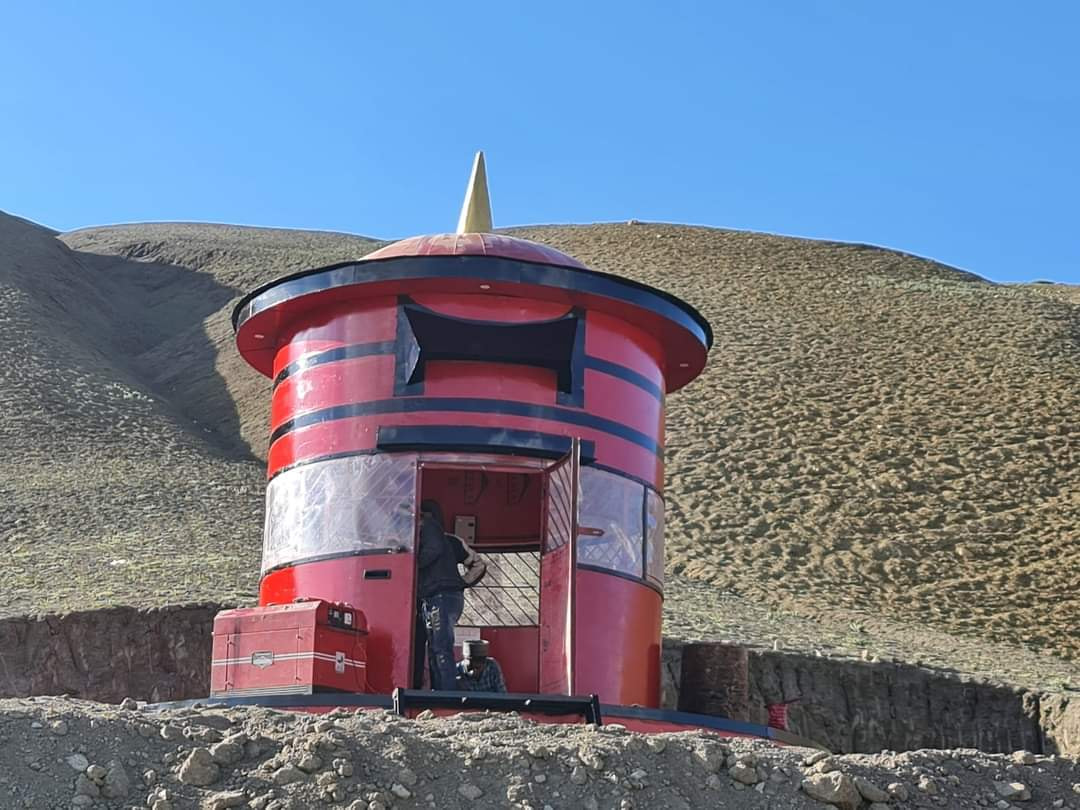
- Huge Buddha Statue
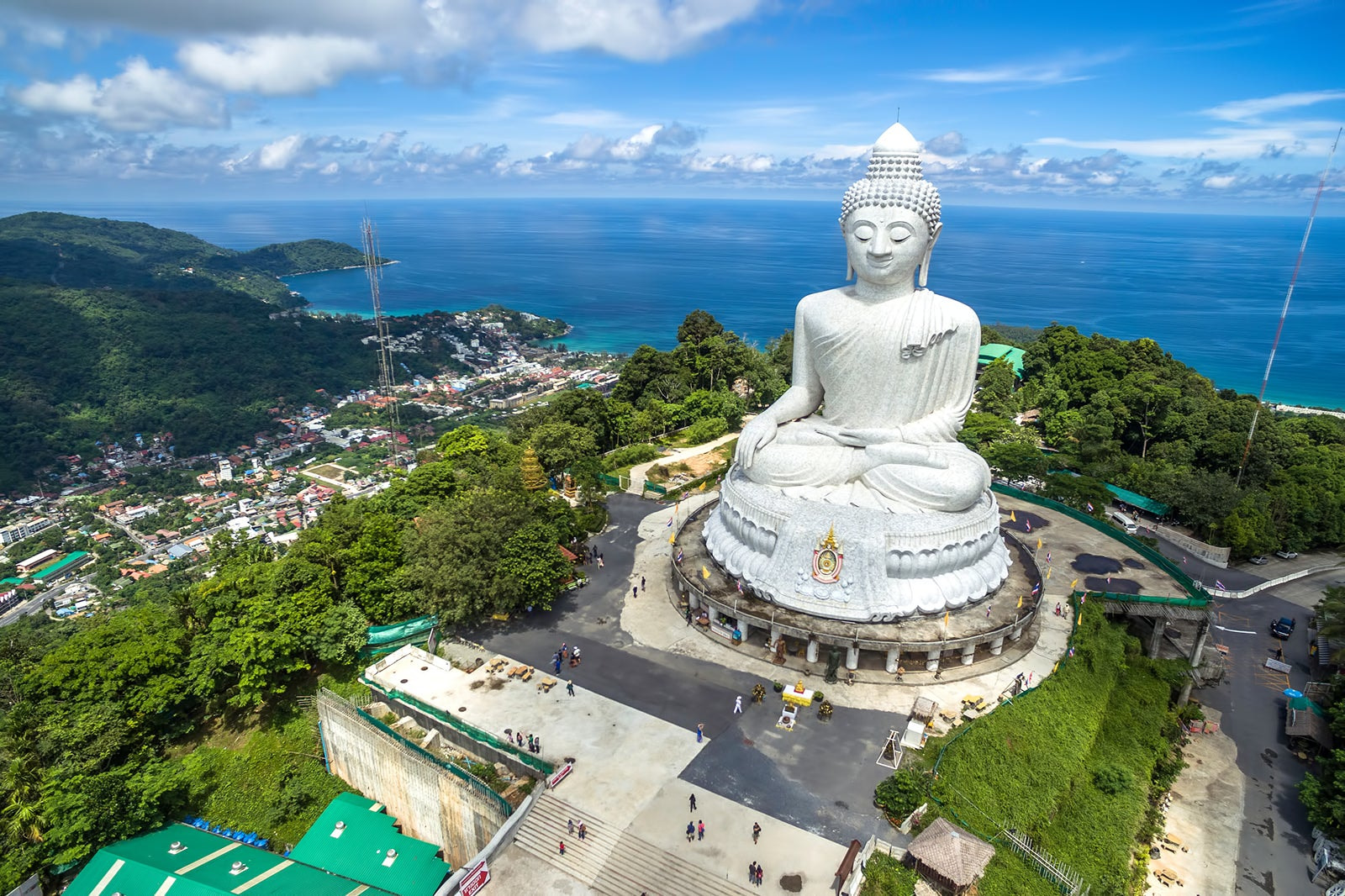
- Hamlet of Mud

- Key Gompa (Key Monastery)
.jpg&w=1920&q=90)
- Pin Valley National Park

- Tangyud Monestry
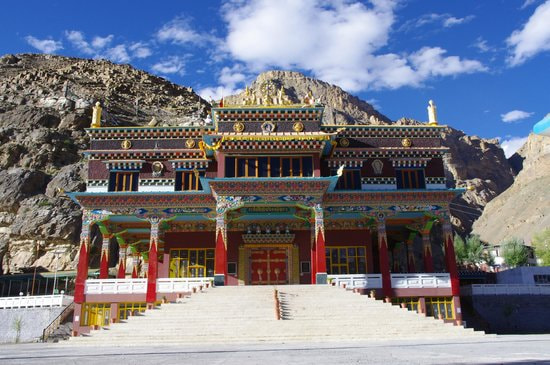
- Langza village

- Hikkim Post Office

- Hotel
per person
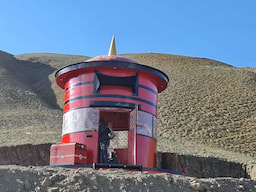
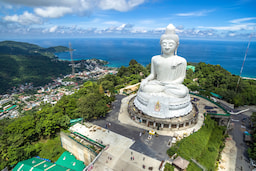

.jpg&w=256&q=90)

